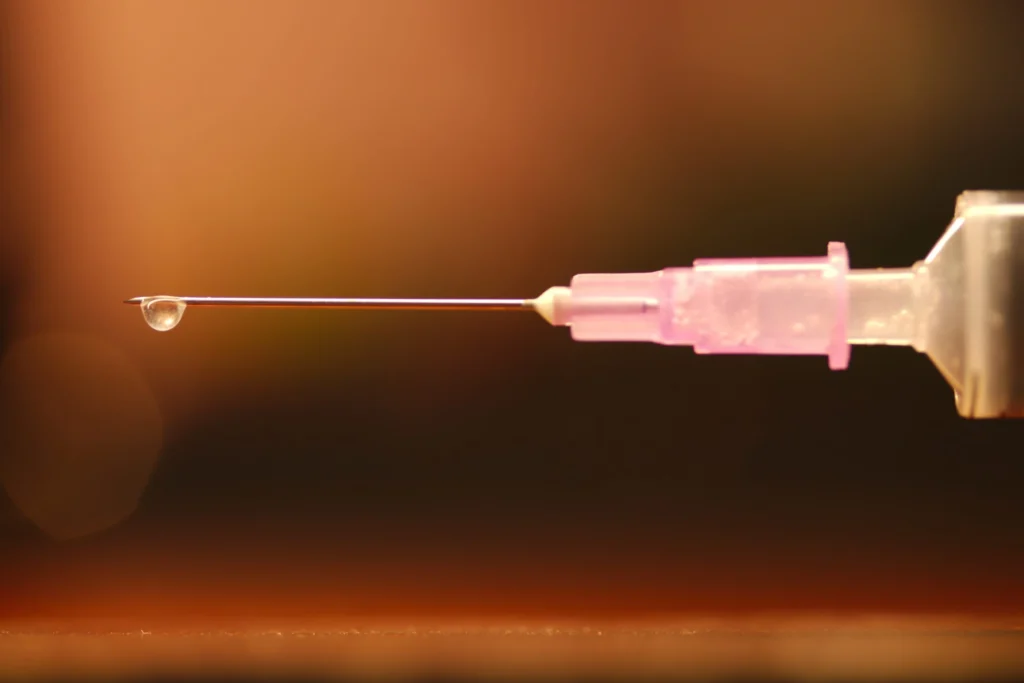
Story at-a-glance
- Needle stick injuries are common—especially in residents, with nearly all surgical trainees affected.
- Exposure can lead to serious illness like Hepatitis B, C, or HIV—and major financial consequences.
- Disability insurance protects your income if a health event stops you from working.
- You must apply while healthy—once you’re sick, it’s too late for coverage.
- Start early to lock in income protection before something unexpected happens.
Needle sticks are a common injury among medical personnel – and they can be especially prevalent with young resident doctors. Although a needle stick can inject hazardous drugs into
the body, it is actually the injection of infectious fluids – especially blood – that is by far the greatest concern. In fact, even a small amount of infectious fluid can quickly spread certain
diseases.
According to the National Institute for Occupational Safety and Health, it is estimated that
between 600,000 and 800,000 needle stick and related injuries occur each year in the United States among health care workers. This number is on the low side, though, as many of these
occurrences go unreported. It is known, however, that residents are at the highest risk for such
injuries.
A needle stick can expose a resident doctor to a number of serious conditions, including HIV, Hepatitis B, and Hepatitis C. So, while needle stick injuries are common, the potential physical, psychological – and ultimately financial – issues that they can cause are substantial.
Just How At Risk Are You?
Surgeons who are in training have the greatest risk of exposure to needle stick and related injuries. According to a study published by the New England Journal of Medicine, nearly all (99%) surgical residents who participated in a study had at least one needle stick injury during their final year of training.
This is due in large part to their numerous encounters with sharp instruments, as well as the increased likelihood for injury while learning new skills. This risk is further compounded by the higher prevalence of hospitalized patients who carry viruses such as Hepatitis B, Hepatitis C, and HIV.

The Potential and Harmful Effects
Once a needle stick injury occurs, the potential for disease is substantially heightened. However, the potential effects do not stop there. In addition to the physical suffering that can
accompany a needle stick, the domino effect can lead to job loss, financial devastation, and a complete turning around of one’s future.
For example, John was a 26 year old resident who was recently offered a full time position in his home town of Philadelphia. Within the past year, he had purchased a new home in order to expand the space that he and his wife would need for their newborn son.
One day, John was stuck with a needle that was protruding from a sharps container. Although he didn’t know it at the time, John’s life was about to be changed forever. Within the next few months, John learned that the weight loss, fatigue, and other symptoms he was experiencing were due to exposure to blood borne pathogens from that needle stick.
Unable to continue working, John and his family were forced to sell their new home at a loss, and move into the basement of John’s parent’s small home. His wife found a part-time receptionist job at a local hair salon in order to help pay some of the bills – at an amount that was nowhere close to what John had previously been earning.
While the needle stick may not have been prevented in this scenario, having an alternate income source already in place could have allowed John and his family to keep their home, and
their current lifestyle.
How Disability Insurance Protects Your Income
Even in the most cautious of circumstances, accidents can happen. With this in mind, it’s often better to protect yourself before it’s too late. The best way to ensure that your income continues – even if the unthinkable were to occur – is with disability insurance.
Disability insurance actually protects your income, and essentially your lifestyle. Once you’ve qualified for benefits, you will receive a monthly income through which you can continue to pay your living expenses such as your rent or mortgage, utilities, and food.
Depending on how the policy is set up, as well as the length of the injury or illness, the insurance benefits will continue to pay out for either a certain number of years, or until you reach a certain age such as 65.
In order to qualify for coverage, however, it is important that you are currently in good health. This is because just as with other types of insurance, once you already have an adverse health issue, it is too late to apply for coverage.
The Bottom Line
While the need to prevent needle stick injuries is essential in the overall medical field, the reality is that these events will likely be an ongoing occurrence for both residents and seasoned medical professionals going forward.
Because there is no way to truly eliminate needle stick injuries, there are ways to help prevent the devastating financial effects that these situations can have on your financial future and your ongoing ability to earn a living. By taking the next step sooner rather than later, you can lock in that protection before it becomes too late to do so.
Ready to protect your future?
Get a personalized side-by-side policy comparison of the leading disability insurance companies from an independent insurance broker.




